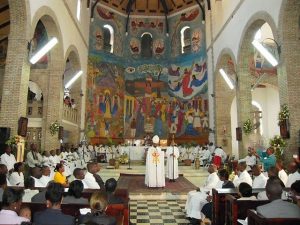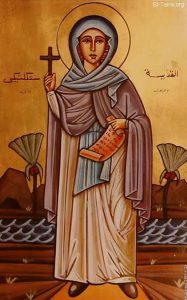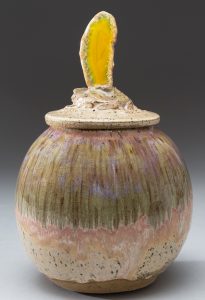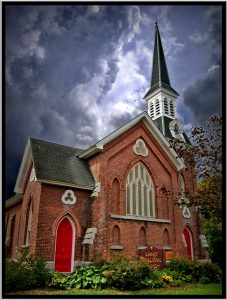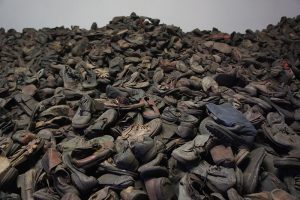
Lead Me into Temptation
“I think these three temptations are a prophecy of Jesus’ entire ministry. First there is the earthly nourishment – bread, healing, banishing demons. Then there are the challenges by the Temple Authority, which Jesus answers as often as not with a parable turning around the challenge to challenge the challenger. And finally, the true power, the power to accept the word of his Father even unto the Cross.”

